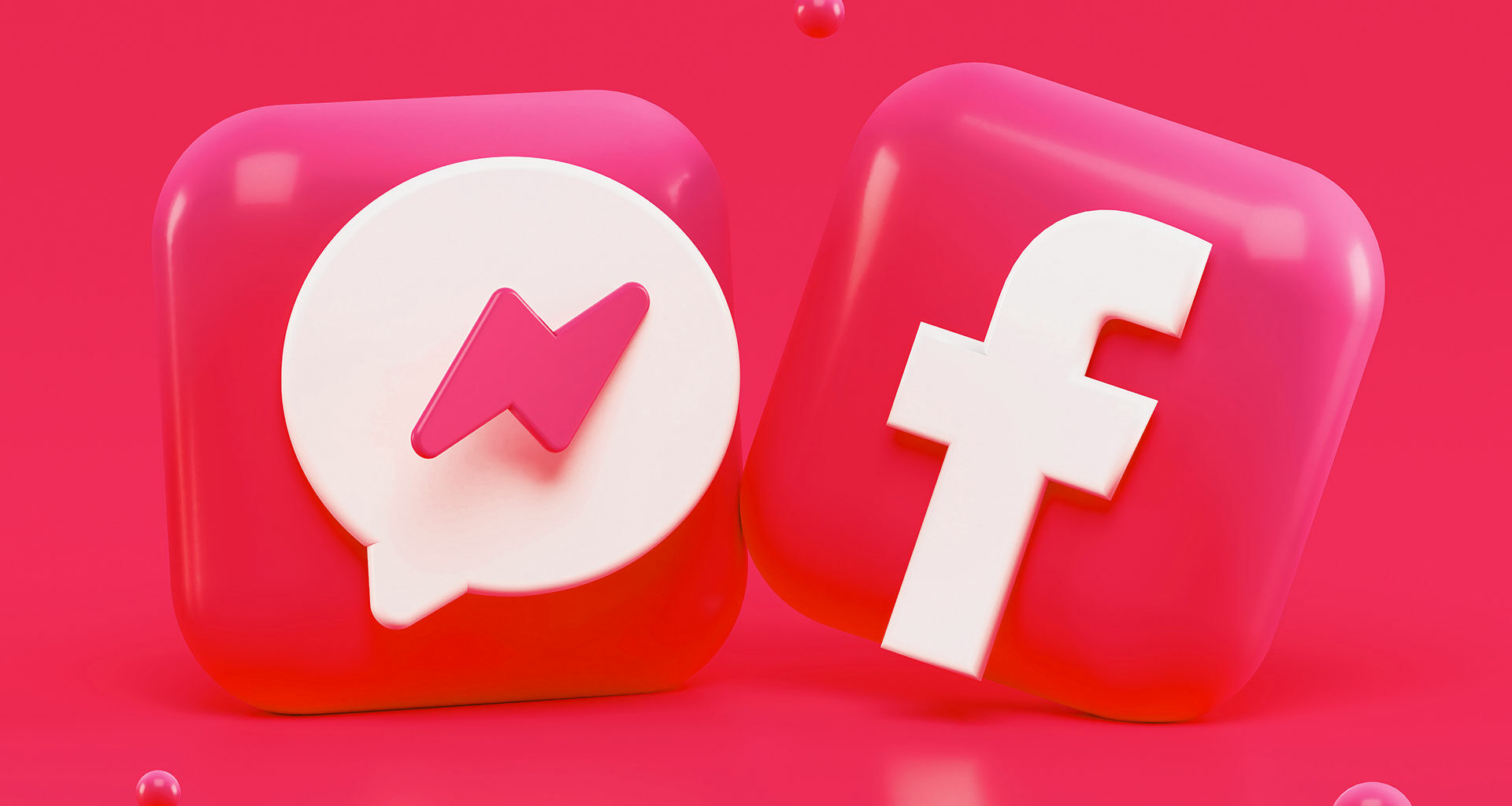Fresh controversy over Facebook’s practices regarding misinformation and Instagram’s effect on children should cause brands, including rewards programs, to question their marketing on the social network. When loyalty is in the balance, companies should weigh these four user characteristics first.
Social Media Has Many Faces. Which Aligns With Your Brand?
Recent whistleblower claims alleging Facebook prefers profit over user safety will likely generate blowback by users and corporations that do not align with these practices. The whistleblower, former Facebook employee Frances Haugen, testified before lawmakers that the social media giant knowingly harms children’s health (via Instagram) and allows divisive misinformation to be posted.
Already, organizers of “Stop Hate For Profit,” a social media boycott group, are deciding whether to organize a campaign against Facebook.
Even if there is not a boycott, I would wager that many marketers are weighing the option, particularly when it comes to their loyalty program promotions.
Companies shouldn’t approach this decision misinformed.
What to Consider Before Shuttering a Business on Facebook
Of Facebook’s more than 2 billion global users, nearly 222 million are in the United States, and the varying demographic groups within may respond differently to the latest allegations. Here are a few factors to consider when approaching the boycott decision:
-
Will Boycotting Make a Difference? It Depends.
- If there is a boycott against Facebook, this would not the first. In 2020, more than 1,000 companies boycotted the platform, though many ultimately returned.
- Facebook counts more than 9 million advertisers, which pay nearly $2.3 billion yearly. Broken down into more relatable numbers: Every six hours, Facebook’s ad sales total an estimated average of $78 million.
- But loyalty and marketing programs face a unique dilemma because they strive to engage their members emotionally. Trying to generate feelings of loyalty on a platform accused of allowing harmful content could cause emotional conflict.
- However, Facebook is really more of a nice-to-have for rewards programs, as their primary outreach are their own channels, such as email and text. Marketers should rethink the entire Facebook relationship, starting with this question: If we boycott, what are the repercussions of going dark on this platform?
-
Compare Your Loyalty Members to Facebook’s Demographics
Some key Facebook demographic stats to know.
- All age groups, except teens, are pretty engaged. Nearly 35% of U.S. Facebook users are 45 and older, according to research by Statista, and the sweet spot for loyalty programs are 45- 55-year-old females. Those between 25 and 34 make up nearly 26% of Facebook’s audience, and users aged between 35 and 44 or 18 and 24 each represent 18%. Less than 3% are younger than 18.
- However, older consumers are its fastest-growing market. While just half of people older than 65 use Facebook, that ratio more than doubled since in 2012, when just 20% did, according to Pew Research.Older consumers also are more likely than average to boycott a company, with 57% of those 55 and olderhaving done so (56% for those 45 to 54).
- Boycotts are more popular among the affluent. The more a person makes, the more he or she is likely to boycott, research shows. While 43% of those who make less than $40,000 have boycotted a business, 67% of those who make $80,000 or more have. Loyalty operators should ask: How affluent is our target market?
- It’s a daily habit for many. Of the adults who use Facebook, 70% do so daily, according to Pew Research. This indicates it is a habit that may be difficult to break.
- It’s more popular among women. 77% of women use Facebook, compared with 61% of men. Similarly, 68% of U.S. women were enrolled in a rewards programs in 2018 (most recent figure), compared with 59% of U.S. men.
-
What Does Your Members’ Brain Look Like on Facebook?
After profiling which customers are likely Facebook users, operators can perform the following exercises to measure the effect of a boycott:
- Apply performance measures. Those that advertise on Facebook can use Oct. 4, the day Facebook went dark for five hours, as a good barometer of advertising effectiveness. One company that markets only on Facebook told The New York Times its revenue dropped 70% during the outage, compared with the week before. Other variables, such as special promotions, may have affected those sales. Companies can compare their click-through rates on this tool, keeping this in mind: The average click-through rate on Google Ads is 1.9%, while on Facebook it is .90% to 1.33% and has been declining.
- Consider alternate outlets. In a classic “if it ain’t broke, don’t fix it” mentality, many companies have advertised on Facebook for years and never considered alternatives. Overlooked outlets, such as Google Ads or branded mobile apps, may serve as equal or better outlets to Facebook. Recent research reveals 79% of consumers would prefer their brands to invest less in Facebook ads and more in their loyalty programs. Companies can use A/B testing to compare a week of Facebook marketing against others.
- Is co-branding better for exposure? More merchants and brands are partnering to gain customers and customer insights – think American Express and Amazon. These partnerships can be extended to the rewards programs of both parties, so members earn added points on all purchases with both merchants. Target and Ulta offer this feature at locations where Ulta operates in-store boutiques: Ultamate Rewardsmembers earn points on all Target purchases, by linking to Target Circle, and vice versa.
-
If You Boycott, Expect Some Change
One matter is for sure for companies planning to boycott: Reward programs that rely heavily on Facebook platforms will experience a shift in member activity. It could cause a decline in member use for a time, but result in deeper loyalty longer-term. The key is to enter the decision prepared. Plus, wouldn’t you rather have a direct relationship with your customers instead of outsourcing the relationship to Facebook?
Marketing is fluid. These suggested exercises are a starting point, not the final decision. Indeed, good operators should prepare to face more.
 Jenn McMillen, nationally renowned as the architect of GameStop’s PowerUp Rewards, is Founder and Chief Accelerant of Incendio, a firm that builds and fixes marketing, consumer engagement, loyalty and CRM programs. Incendio provides a nimble, flexible and technology-agnostic approach without the big-agency cost structure and is a trusted partner of some of the biggest brands in the U.S.
Jenn McMillen, nationally renowned as the architect of GameStop’s PowerUp Rewards, is Founder and Chief Accelerant of Incendio, a firm that builds and fixes marketing, consumer engagement, loyalty and CRM programs. Incendio provides a nimble, flexible and technology-agnostic approach without the big-agency cost structure and is a trusted partner of some of the biggest brands in the U.S.
Photo by Alexander Shatov on Unsplash.













